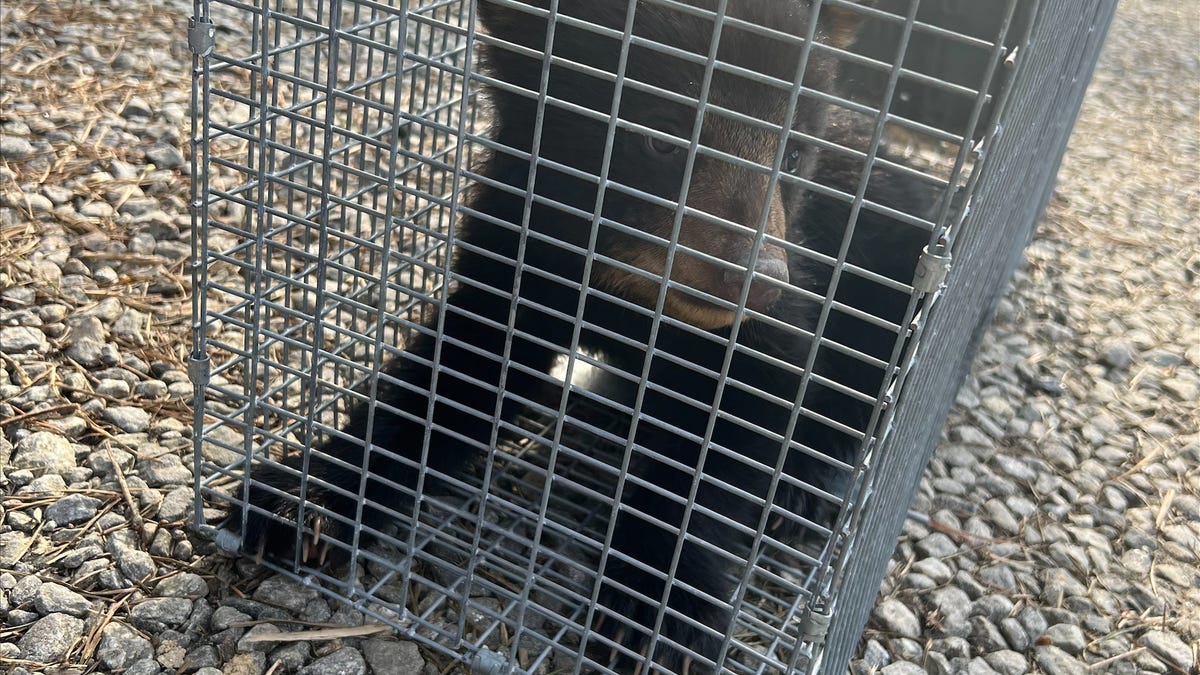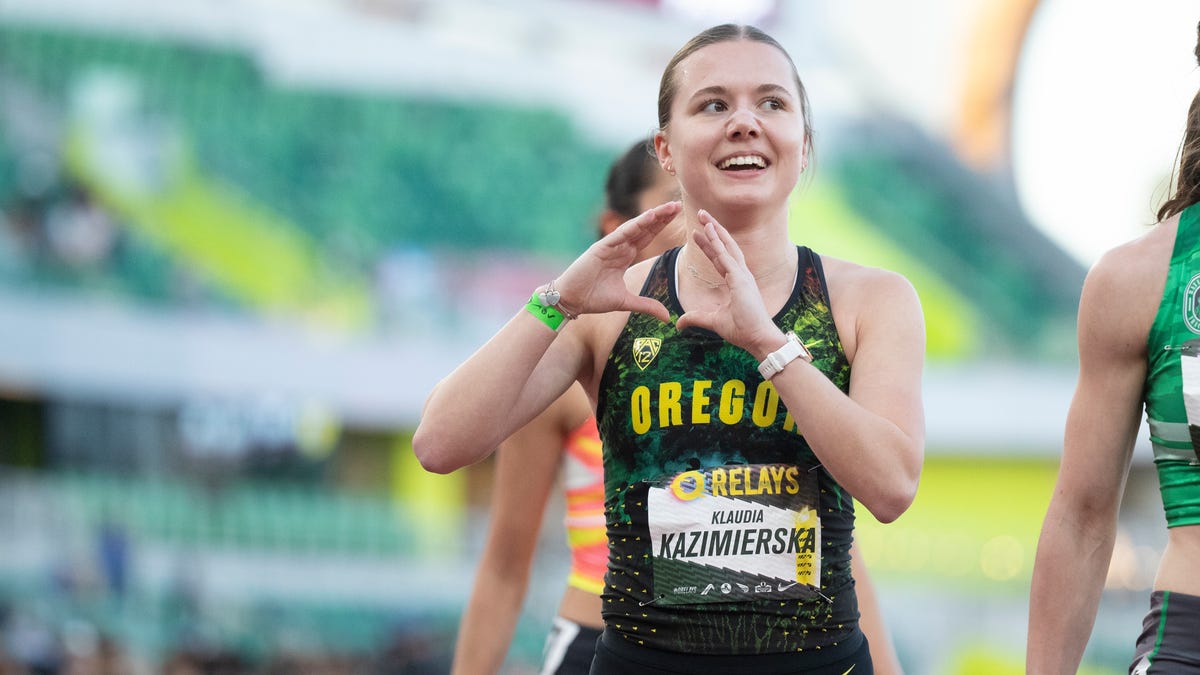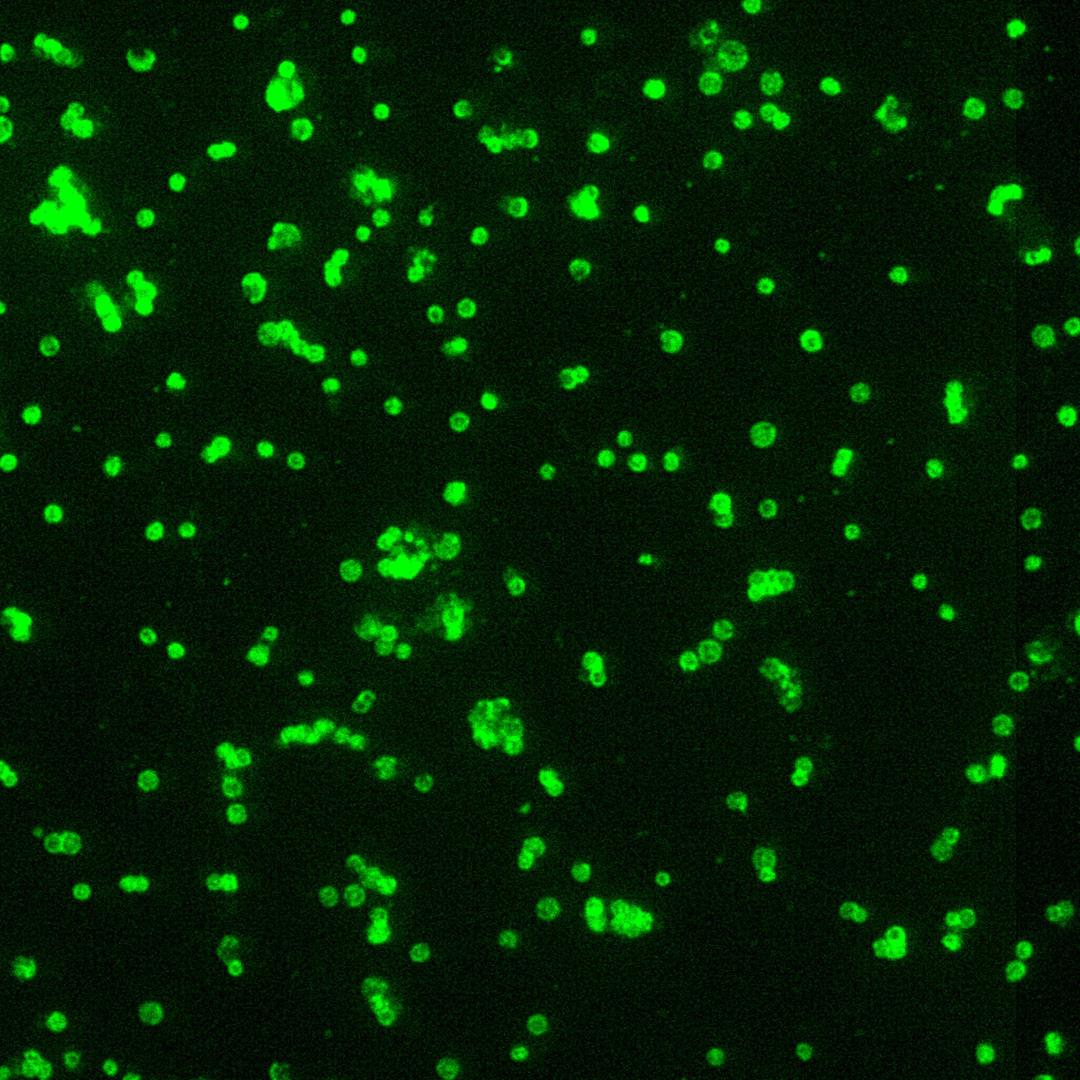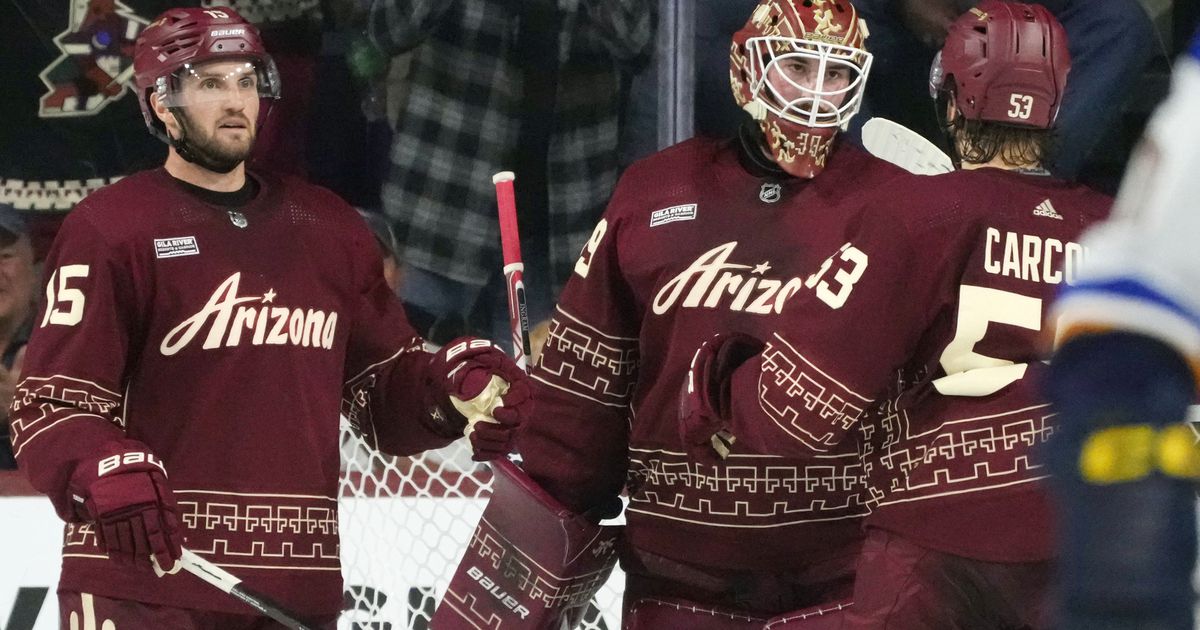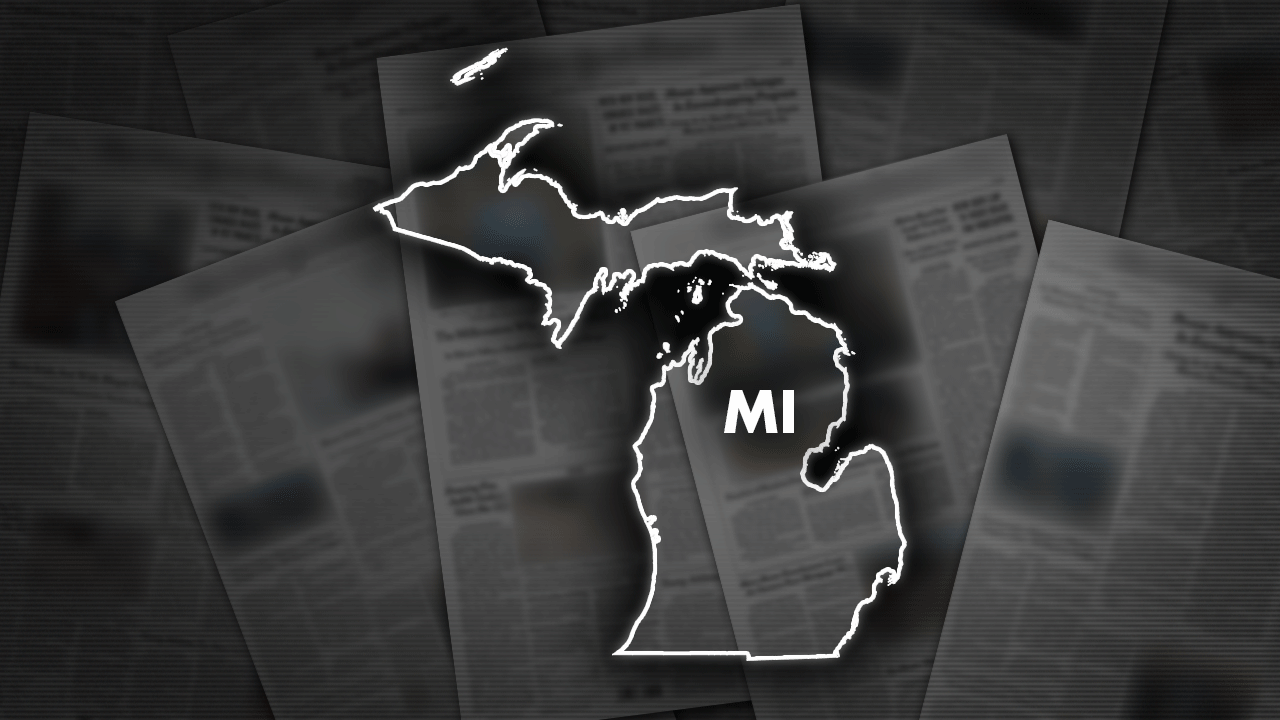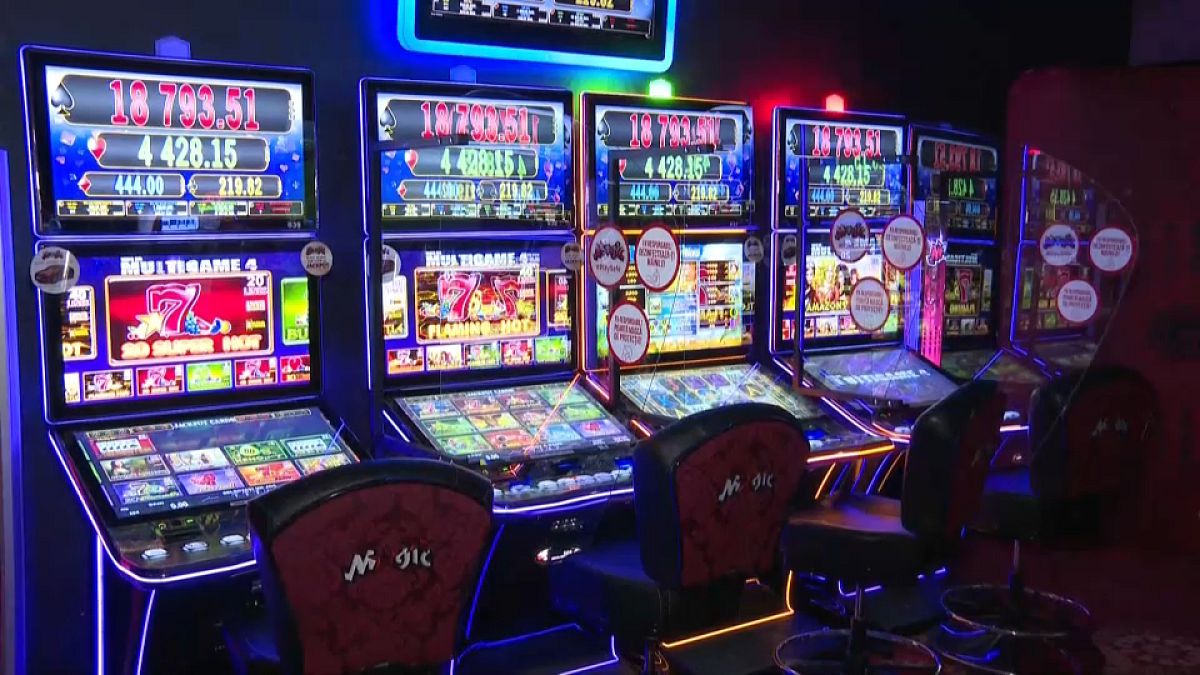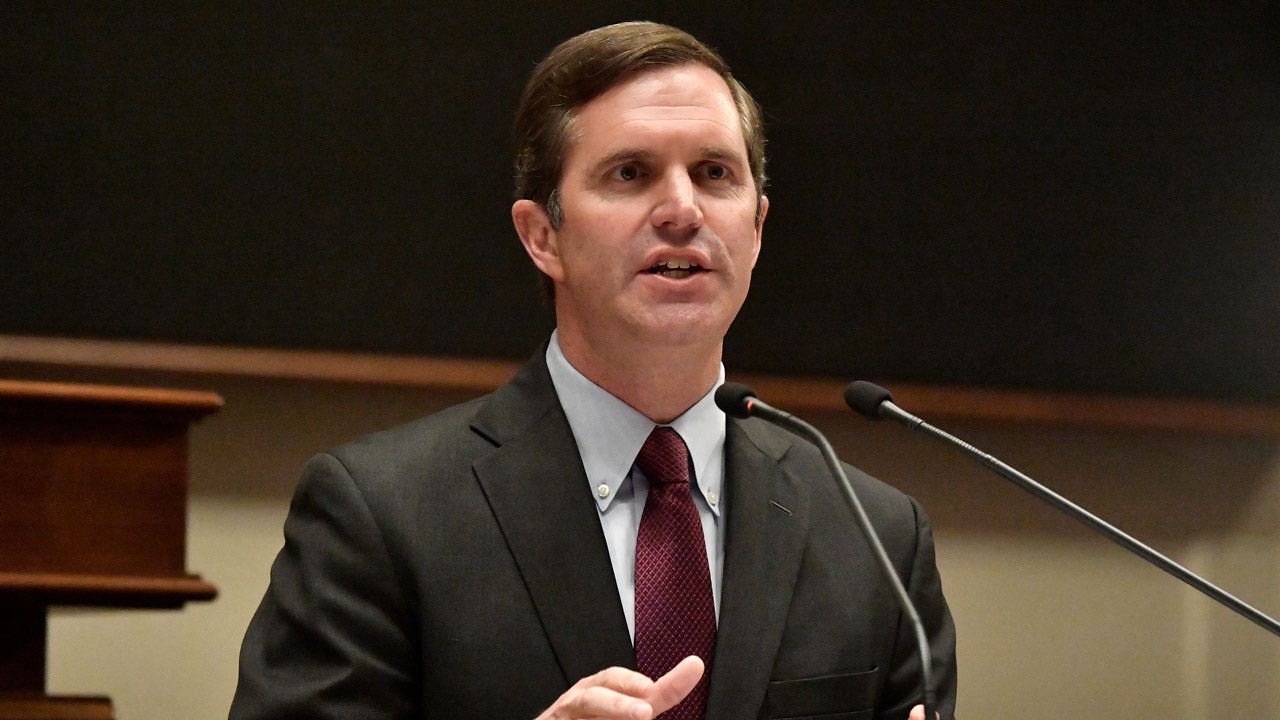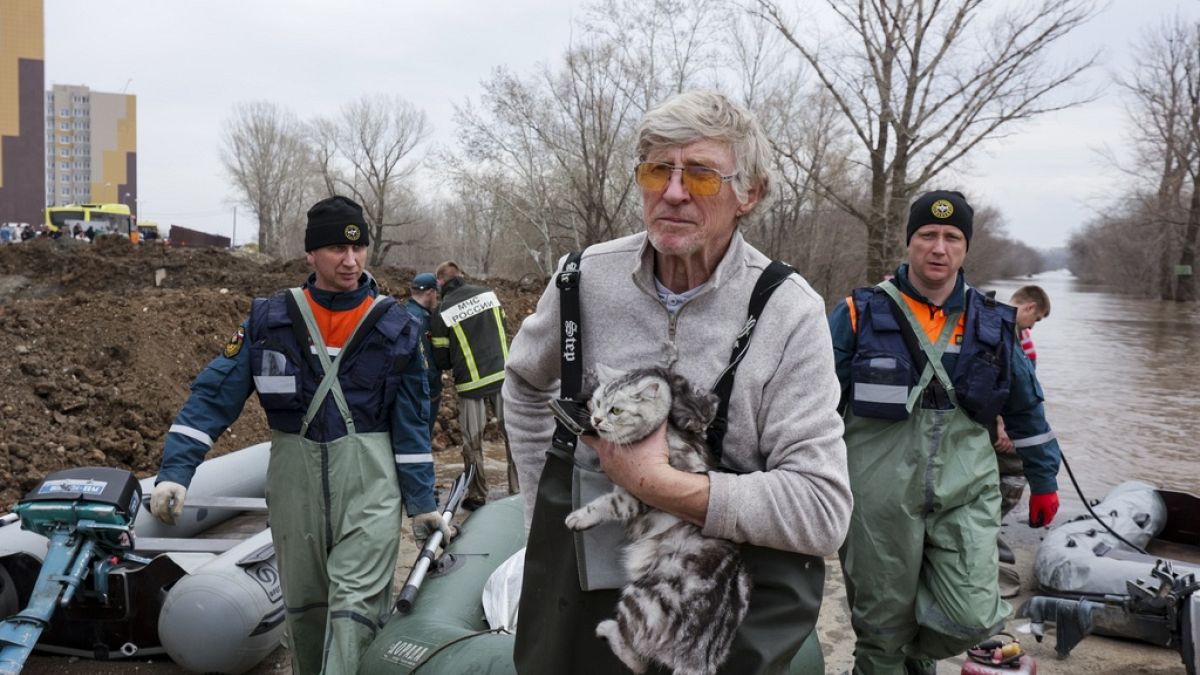Coyotes goalie Connor Ingram was headed to Utah anyway.
The netminder from Saskatoon, Saskatchewan, frequently drives to and from his Canadian home to Phoenix before and after the season. That route takes him down I-15 through Salt Lake City.
So as rumors became reality and Ingram and his teammates learned this week they would be moving from Arizona to Utah next season, he was one of the first players to see a silver lining in an emotional situation.
“I’m not going to lie to you, I really like Salt Lake City,” Ingram said. “We stop every year on the drive. I had an Airbnb booked in Sundance for the drive home so I’m excited for Salt Lake City. I will miss Arizona, but I think if you’re going to move, it’s a good place to go.”
On Thursday, the NHL approved Utah Jazz owner Ryan Smith’s bid for a major league hockey franchise, a transaction that will see the Coyotes go dormant while its players and assets move to Salt Lake City.
The team’s season ended with an emotional win on Wednesday night in Tempe.
By the next morning, they were bracing for a new life in Utah.
The familiarity with Utah will help Ingram, who admitted he “doesn’t handle change well.” But even with his experience, Ingram still wants more details on what to expect about the players’ situation in our town.
”It’s little things for players like us, like, I don’t know where to live,” he said. “Or where the practice facility will be, or how it’s going to work. I think these next couple of days, we’ll get some answers and figure things out. I think right now, I can’t speak for everyone, but most of us are just soaking this in.”
The Smith Entertainment Group, the team’s new owners, plan to help players with those kinds of logistics. The team’s hockey staff are also part of the transaction, and will likely be assisted in finding new homes in and around Salt Lake City. Others, such as some of the team’s business or arena employees, will likely be laid off in Arizona — and then look to apply for similar jobs with the team in Utah or elsewhere in the NHL if they want to stay in the industry.
Staffers after Wednesday’s final game in Tempe relied on gallows humor to get through a tumultuous situation, lingering on the ice for over an hour after the game, sharing stories, swapping memories, and taking final photos together.
“This isn’t just a hockey team, this is people’s lives. I think people need to remember that,” Ingram said about the team’s staffers. “A lot of these people that don’t get the credit they deserve are gonna have to do a lot to make this work.”
But the life of a professional athlete incurs this risk: forced movement is a part of it, whether it come in the draft, trades, or, in this case, relocation. And many of the Coyotes players are looking at their new situation in Salt Lake City with mixed feelings.
And the move will be harder for some players than others.
Josh Doan, the 22-year-old right winger, holds a significant amount of emotional history with his team. His father, Shane Doan, was a legendary player in Arizona. He holds the team’s only retired number (19), and spent 21 years with the franchise as a fan favorite. The elder Doan, too, experienced a team move, spending the first year of his career with the Winnipeg Jets before they moved to Phoenix.
As a result, Josh grew up in the Phoenix area rooting for sports teams like the Suns, Diamondbacks, and Cardinals. He got his start in hockey with the Phoenix’s Jr. Coyotes program — the NHL equivalent of what Jr. Jazz is to Utah. As a collegian, he attended Arizona State University. For Josh’s whole life, he’s considered himself an Arizonan.
Until last Friday, when Doan, along with the rest of his teammates, learned that he would have to move to Salt Lake City, with the rest of the team. The NHL wasn’t confident about Arizona’s arena situation moving forward, team owner Alex Meruelo could stand to make a billion dollars, and all of a sudden, his life changed.
“To play a real game with this jersey is something that I’ll take with me forever,” said Doan said, who wears No. 91, the inverse of his father’s number.
Doan wasn’t alone in his love for the Phoenix area, though. The Coyotes players, especially established ones like All-Star Clayton Keller, had settled down in the area, buying houses and starting families. Players spoke of meeting girlfriends there, proposing there, having kids there.
Still, there was real optimism for many players this week.
Logan Cooley, the No. 3 overall pick of the 2022 NHL Draft and perhaps the team’s foremost prospect, agreed that Utah proved an exciting possibility. That’s especially true on the ice where the Coyotes believe they can turn the team’s record around in a new environment. Already, in Tempe, the team looked poised to take the next step by leading the entire NHL in goals since the calendar turned to March.
The 19-year-old Cooley was asked what Utahns should expect out of their new club.
“We have a lot of young guys that have a lot of bright futures,” he said. “We have guys on the team that have been around the league for a while and have proven themselves in this league.”
“We’re an exciting team. We bring a lot of energy and we play fast, play skilled,” he explained. “We’re definitely on the rise.”
That rise will come in a new home in Utah. Doan is disappointed that it won’t be in Arizona. But then again, his dad went through the same situation and came out of the process a legend.
“They want to do something big there, and there’s a plan already set up and people there that are excited,” Doan said. “I’ve talked to my dad about how his life was flipped upside down, and Arizona ended up being getting the place he calls home and still does.”
Perhaps Utah can be for Josh — and the rest of the Coyotes — what Arizona was for Shane.





